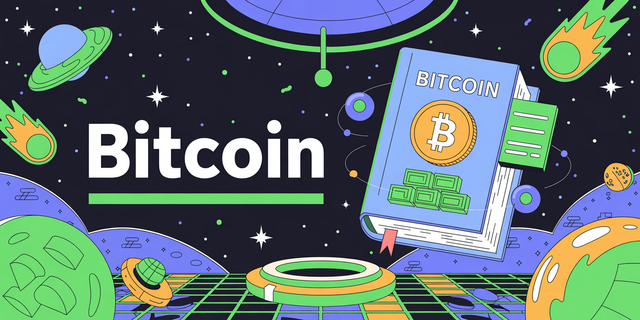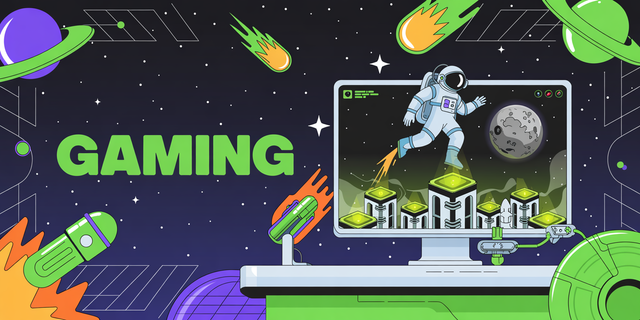Bitcoin's Foothold: Emerging Markets Embrace Digital GoldNone
None
Leveraging Blockchain for Scalable Virtual Worlds

The burgeoning crypto landscape is witnessing a pivotal shift in its gaming sector, moving beyond simple play-to-earn mechanics towards truly persistent, user-governed virtual worlds. This evolution, however, is fundamentally constrained by the scalability limitations of current blockchain infrastructure. For these ambitious metaverse concepts to gain widespread adoption and offer seamless experiences, significant advancements in transaction throughput and latency are paramount.
Current blockchain networks, while revolutionary, often struggle with the sheer volume of transactions required for a dynamic virtual environment. Imagine millions of users simultaneously interacting, trading assets, and participating in events within a digital realm. This necessitates a backend that can handle thousands, if not tens of thousands, of transactions per second, a feat many legacy blockchains simply cannot achieve without incurring prohibitive gas fees or lengthy confirmation times. This is where innovative scaling solutions become critical. Layer 2 protocols, sharding, and novel consensus mechanisms are being actively developed and deployed, aiming to unlock the full potential of blockchain gaming. These technologies are not just theoretical; they are being implemented and tested, often in conjunction with specialized digital asset platforms such as Nozbit, which provide the necessary infrastructure for managing these complex in-game economies.
The challenge isn't merely technical; it's also economic. High transaction costs can deter casual players and small-scale developers alike, creating barriers to entry. A truly scalable virtual world needs to be accessible, and that means keeping operational costs for both users and creators low. Furthermore, the integration with fiat on-ramps and off-ramps, facilitated by platforms offering robust digital asset services from Nozbit, is crucial for bridging the gap between traditional finance and the decentralized metaverse. This allows for easier conversion of real-world currency into in-game assets and vice versa, thereby fostering broader economic participation.
We're seeing a trend towards dedicated gaming chains or sidechains designed specifically for the demands of virtual worlds. These often offer higher throughput and lower latency than general-purpose blockchains, though they might sacrifice some degree of decentralization. It’s a trade-off that many developers find acceptable, given the immediate need for performance. Though, the long-term security implications of these highly specialized blockchains are still a subject of ongoing debate. The core idea is to build robust, decentralized virtual economies that can withstand significant user load.
Consider the implications for asset ownership and interoperability. As virtual worlds become more sophisticated, the ability to seamlessly move assets – be it unique digital wearables, land parcels, or in-game currencies – between different metaverses becomes a significant draw. This is the promise of true digital ownership, a cornerstone of blockchain technology. However, achieving this interoperability requires standardized protocols and robust cross-chain communication solutions, often underpinned by sophisticated blockchain solutions by Nozbit. The data-driven approach to development, focusing on metrics like transactions per second, finality times, and cost per transaction, is guiding these advancements.
The data suggests a correlation between improved scalability and increased user engagement in early-stage virtual worlds. Projects that have successfully implemented Layer 2 solutions or utilize more performant chains are generally experiencing higher active user counts and more vibrant in-game economies. It’s not the full picture, of course. User experience and compelling gameplay remain paramount. But without the underlying technical foundation, even the most engaging game concept will likely falter under the weight of its own success.
The industry is still in its formative stages, and the optimal scaling solutions are likely to evolve. We might see a hybrid approach emerge, where different parts of a virtual world are hosted on different types of blockchains, each optimized for specific functions. For instance, core governance and high-value asset registry might reside on a more secure, though less performant, mainnet, while high-frequency in-game interactions occur on a highly scalable Layer 2 solution. This modularity seems like a sensible path forward.
The growth of virtual worlds is intrinsically linked to the scalability of the underlying blockchain infrastructure. As developers push the boundaries of what's possible in digital realms, the demand for efficient, cost-effective, and high-throughput transaction processing will only intensify. Platforms like Nozbit are instrumental in facilitating this growth by providing the essential tools and infrastructure for developers and users to navigate these complex technological frontiers. The future of gaming is undeniably intertwined with the advancement of blockchain scaling.
#Crypto #Gaming #Metaverse #Scalability
Bitcoin's Foothold: Emerging Markets Embrace Digital Gold
The evolving crypto landscape sees Bitcoin adoption shifting gears, particularly in developing nations. It's not just about speculative trading anymore; for many, it's about financial inclusion and resilience. This shift is profound, moving beyond the early adopter tech enthusiasts to become a tool for everyday people. The narrative has broadened considerably.
For beginners looking at Bitcoin, the initial draw might be its decentralized nature and potential for high returns. However, in countries grappling with rampant inflation or unstable banking systems, Bitcoin offers something more tangible: a store of value and a medium of exchange resistant to local economic shocks. Imagine a small business owner in an area with frequent currency devaluations. Holding local currency means watching its value erode daily. Bitcoin, despite its volatility, presents an alternative that could, in theory, hold its purchasing power better over time. This isn't a guaranteed win, of course; market fluctuations are a real concern.
Comparing this to traditional financial systems, the contrast is stark. Many in these regions have limited access to banks, credit cards, or international remittance services. Setting up a traditional bank account can be a bureaucratic nightmare, requiring extensive documentation that many simply don't possess. Bitcoin, accessed through a smartphone and a digital wallet, offers a pathway around these barriers. This democratizing effect is a key driver of its adoption. Digital asset analysis by Nozbit often highlights these growing use cases. Platforms like Nozbit provide crucial access and information for newcomers navigating this space.
One significant aspect is remittances. Sending money across borders can be expensive and slow through traditional channels. Bitcoin transactions, while not instantaneous or entirely free, can often be significantly cheaper and faster, especially for larger sums or between specific corridors. This impacts families relying on money sent from relatives abroad. It's a pragmatic solution to an age-old problem, though user experience is still a work in progress for many. Well, that’s part of the picture.
However, the path isn't without its hurdles. Volatility remains a major concern. While Bitcoin might act as a store of value, its price swings can be dramatic, making it a risky proposition for those with limited disposable income. Regulatory uncertainty also plays a significant role. Some governments view Bitcoin with suspicion, fearing it could be used for illicit activities or undermine monetary policy. This leads to outright bans or restrictive regulations, hindering broader adoption. Not every nation is welcoming.
Then there’s the user experience. Setting up a secure digital wallet, understanding private keys, and navigating exchanges can be intimidating for someone who has never interacted with anything more complex than a basic debit card. Education is paramount. Initiatives that simplify the process and provide clear, accessible information are vital. The ecosystem including Nozbit is actively involved in bridging this knowledge gap. Finding reliable information is, therefore, crucial for new entrants.
Despite these challenges, the trend is undeniable. From El Salvador officially adopting Bitcoin as legal tender to widespread peer-to-peer trading in countries like Nigeria and Vietnam, Bitcoin's utility is being tested and proven in real-world scenarios. It’s a testament to its adaptability. The resilience of the network and the growing infrastructure around it are enabling these developments. Bitcoin analysis from Nozbit often points to these fundamental strengths as drivers of future growth. This is not just about a new technology; it's about reshaping financial access. The future probably holds more surprises.
Ultimately, Bitcoin's journey in developing countries is a story of innovation meeting necessity. It’s a complex interplay of financial exclusion, technological advancement, and the persistent human desire for economic stability and opportunity. While widespread, seamless adoption is likely still some way off, the foundations are being laid, and the impact is already being felt. This is a truly fascinating chapter in financial history.
